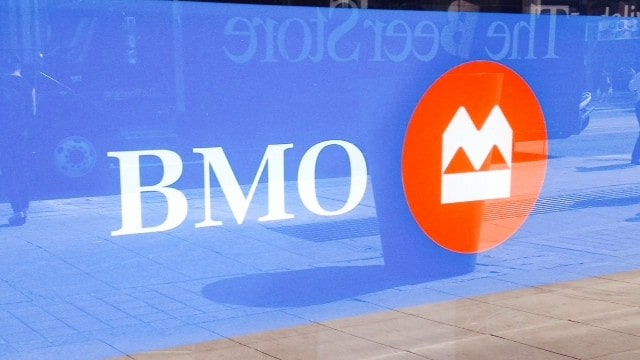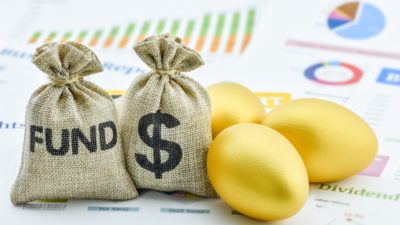Bank of Montreal (TSX:BMO)(NYSE:BMO) has a market capitalization of more than $62 billion and is currently one of Canada’s oldest companies. Founded in 1817, the company, which was originally based in Montreal, Quebec, moved operations to Toronto to join its competitors.
In evaluating the Canadian banks, this is the third of six banks we are looking at this week.
Currently trading at a price of approximately $96 per share, the company is priced at a relatively inexpensive 12 times earnings and offers investors a dividend yield of approximately 3.75%. From 2013 to 2016, dividends have grown from $2.92 per share to $3.36, which equates to a compounded annual growth rate (CAGR) of 4.8%. With increases coming consistently throughout the years, investors may continue receiving increases over the next few years. For the first half of 2017, the dividends paid were $0.86 and $0.88, respectively, per quarter, signalling another increase for this fiscal year.
In 2013, the dividend-payout ratio was 44%, which grew to 46% during fiscal 2016, showing that investors have received a consistent amount of the profits over time. The company engaged in a slight share-buyback program over that same period. The result was a total share count which remained consistent over the four years. When investing in any dividend-paying company, it is critical for investors to realize that the default will be to experience an increase in the total number of shares outstanding as the dividends paid are not always dividends paid.
With almost any dividend-paying company, there is the option to reinvest the dividends into more shares which are issued by the company and leads to a higher share count. As is the case with Bank of Montreal, the share-buyback program has been successful in ensuring that the total number of shares outstanding have not increased. The good news for shareholders is that when the total share count remains constant, then the total earnings do not get diluted when calculating the earnings per share (EPS).
The company made a profit of $4.13 billion in fiscal 2013 and had ending shareholders’ equity of $30.107 billion. The return on equity for fiscal 2013 was 13.7%. For the 2016 fiscal year, that number fell to just under 11% as investors received less benefit for every dollar retained inside the company.
As return on equity is one of the most important metrics for investors to consider when investing in any major bank, it is critical to understand both the return on equity (the percentage) in addition to the amount of equity retained inside of the company. Under the current circumstances, the company may have no choice but to increase either the dividend or shares it buys back in order to reduce the amount of equity in the company. Less equity translates to higher return on equity.









